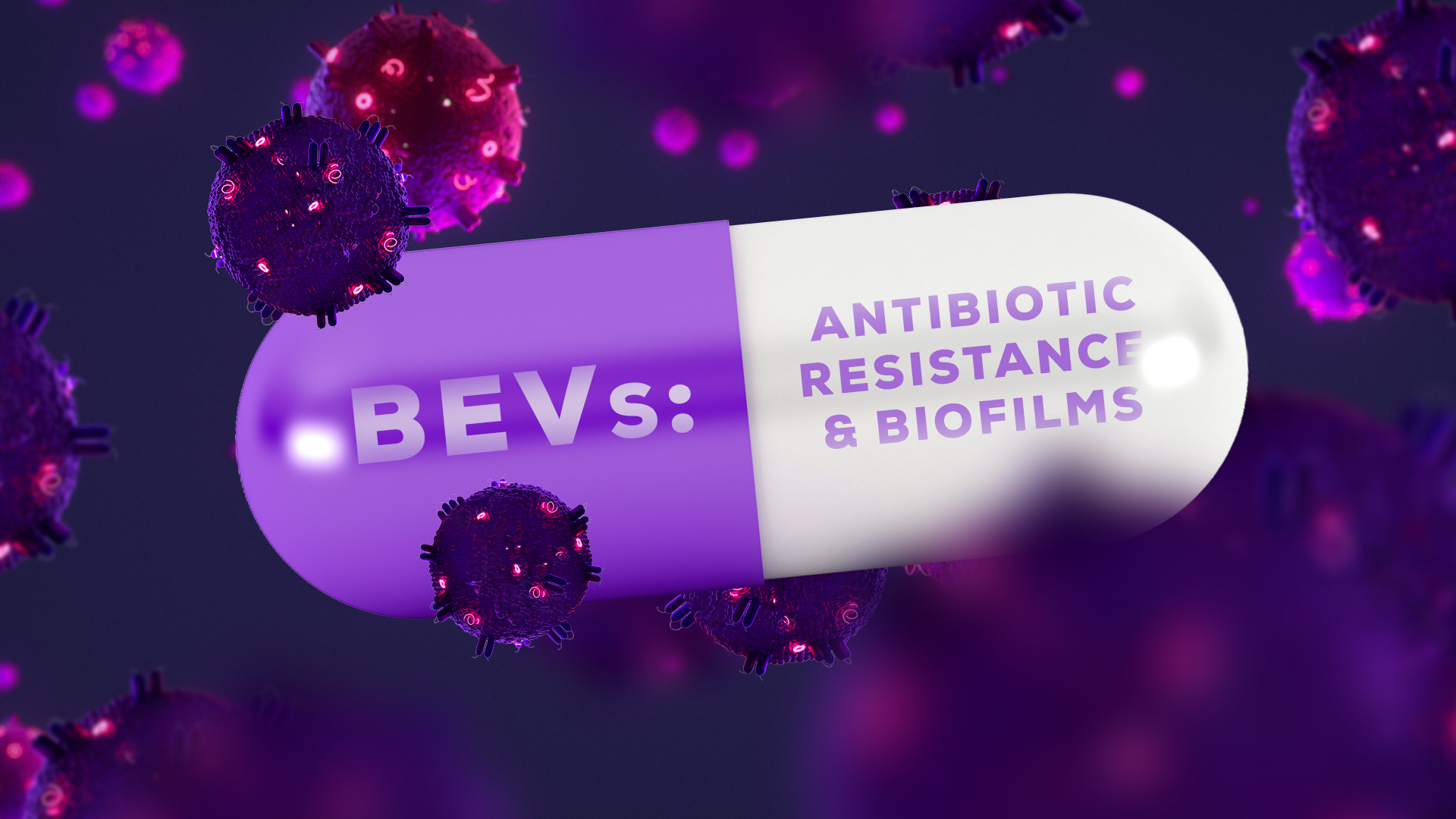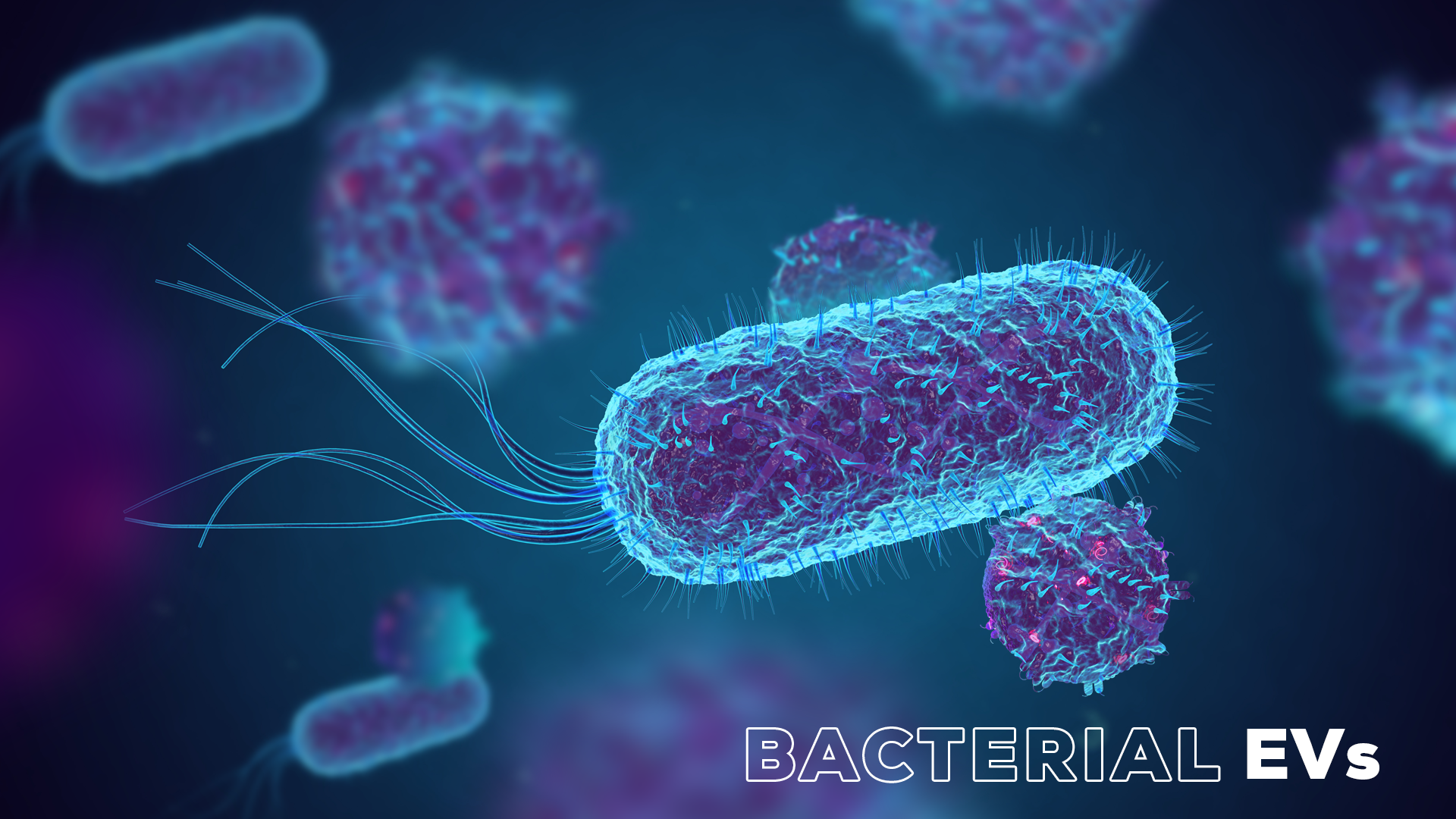The Exoid is Izon Science’s particle measuring device. It uses tunable resistive pulse sensing (TRPS) to measure the concentration, size and zeta potential of particles in an electrolyte solution.
But why you would choose the Exoid and TRPS over another particle measurement technique?
The Exoid enables you to gain high-resolution, single-particle insights on particle size and concentration (and also zeta potential), and allows you to understand the physical characteristics of your sample to a level that wouldn't be otherwise possible.
Which, put simply, is us saying that TRPS is better than other comparable techniques. And yes, we know that we are biased, but in this article, we will explain – with empirical evidence – why exactly TRPS and the Exoid win in the battle of particle measuring devices.
To dig into how TRPS works, you can read or watch our dedicated TRPS explainer.
Reason 1: The Exoid excels at accuracy where other devices falter
For obvious reasons, accuracy is important. The Exoid excels at accuracy.
TRPS massively outperforms nanoparticle tracking analysis (NTA) and multi-angle dynamic light scattering (MADLS) when it comes to sizing particles. To see for yourself, take a look at Figure 1A where we show quadrimodal samples measured using all three technologies.
TRPS makes it look easy. All four populations are present and accounted for.
NTA, on the other hand, misses one entirely and smushes the others together. This large overlapping of populations is indicative of lower accuracy. This is especially true for particles larger than 150 nm, which have been shown in the literature to be missed by NTA but not by TRPS (Figure 1B). 1
Then there’s MADLS which… well, you can see it for yourself in Figure 1A. With MADLS you have sort of a vague idea that some particles are maybe present at somewhere kind of in the middle of the four populations. Maybe.
These vague and inaccurate alternatives to TRPS are just not good enough for sample characterisation. It would be so easy to miss a size difference from potentially dangerous aggregation in your lipid nanoparticle sample. Or, you might miss a whole subpopulation of extracellular vesicles (EVs) in your EV sample. The discoveries lost to inaccuracy could be monumental. And that’s something you would never know if you just kept using the same old inaccurate techniques.

Reason 2: The Exoid measures single particles
One of the most impressive and, in our opinion, under-exploited features of the Exoid is its ability to analyse and gain detailed information on individual particles.
MADLS does not measure individual particles at all (and therefore cannot give you information about particle concentration), and NTA size analysis is limited by the uncertainty of Brownian motion calculation (and tends to overestimate particle concentration).2,3,4
Being able to examine size and zeta potential data on a particle-by-particle basis makes the Exoid unbeatable.
Why settle for multiple (less accurate) devices when the Exoid can do it all, with only 35 µL of sample volume?
In Figure 2, you can see in-house data showing the power of visualising multimodal populations by size and blockade duration (Figure 2A) or by size and zeta potential (Figure 2B). And our in-house team isn’t the only group able to visualise different populations within polydisperse samples. Here we show data from two different groups of researchers who used either size and concentration data (Figure 2C) 5 or size and zeta potential data (Figure 2D) 6 to monitor loading of nanoparticles with cargo.
With TRPS, this single particle data is available for you to export, allowing you to statistically compare the size and zeta distribution of whole samples or subpopulations within samples as we have in Figure 2E.
.png)
Reason 3: You can analyse real-time changes to your particles
One of the biggest advantages to the way that the Exoid is designed is that your sample sits in an accessible well. As you can see in Figure 3A, after you add your sample to the upper fluid cell, it is freely accessible to you (once the lid has been opened). This means that you can load cargo onto nanoparticles directly within the upper fluid cell.
Researchers have used this technique to monitor DNA loading onto magnetic nanoparticles (Figure 3B), showing that the zeta potential of particles drops as the DNA is loaded onto the particles.6 Not only does this allow for the visualisation of changes in size or zeta potential, it also allows for analysis of loading efficiency and time. Repeated or continuous measures of TRPS could also be used to examine the aggregation of particles over time, depending on the time period required.

Reason 4: It’s so tunable, it’s in the name…
This one seems obvious, and it kind of is. But because of that, the tunability of TRPS in general and the Exoid in particular, are often forgotten when it comes to choosing a technique and device.
The nanopores themselves come in a range of sizes from NP100s (which measure particles from 50 to 330 nm) to NP4000 (which measure particles from 1.99 µm to 11.3 µm). This means that your Exoid can measure a huge range of particle sizes, from EVs and lipid nanoparticles (Figure 4A)7 at the smaller end, all the way up to zoospores (Figure 4B) 8 at the larger end.
Then there is the tunability that the T in TRPS is actually referring to. Stretching the nanopores to different aperture widths allows for the optimal measurement of different sized particles without even needing to switch nanopores. This makes the Exoid particularly suited to the measurement of polydisperse samples, such as mixtures of different EV subtypes and nanoparticle formulations where aggregation may occur. The tunability of nanopores is particularly important when you do not know what size your particles are going to be. As long as you think that they are within the upper and lower limits of the nanopore that you are using, you can dive into taking measurements and find out.

(B) Large zoospores measured using TRPS. Data adapted from 8.
The bottom line
When the Exoid and the TRPS technology that it uses is more accurate, gives you more detailed single-particle data, is capable of real-time analysis of particles and is so tunable, why would you not want one? True, some other technologies are technically easier to use, but at what cost? Here at Izon Science, we are not prepared to compromise on accuracy. It may take a bit more time and patience to master the Exoid than it would for a MADLS device, but that is the trade-off for such a massive jump in accuracy and resolution. It’s not unlike electron microscopy being more difficult to learn than looking down a light microscope. More challenging, yes, but oh so worth it.
Contact us to find out more about the Exoid and to request a demo.









